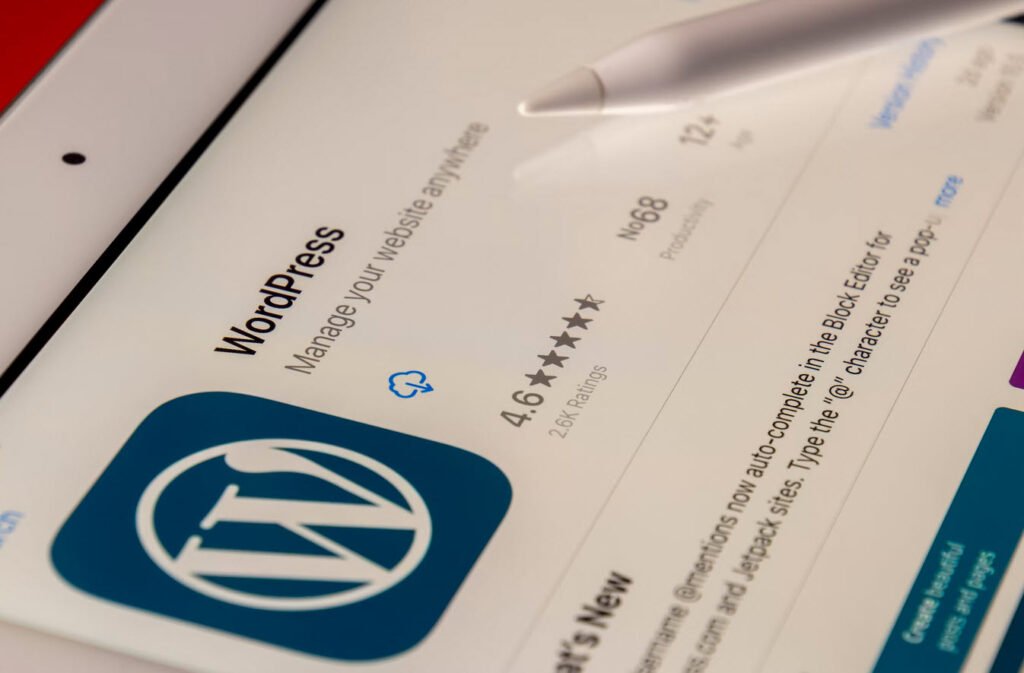The digital landscape is constantly under the looming threat of malware attacks, capable of exploiting vulnerabilities and causing significant harm to your online presence. The consequences of these cyber assaults can range from compromised data and damaged reputation to financial loss. For any serious website owner, ensuring the safety of their WordPress website is paramount.
Fortunately, with the right knowledge and proactive measures, you can shield your WordPress site from these insidious threats.
In this article, we will explore into the intricate world of WordPress security, unveiling strategies and best practices that not only protect your website but also empower you with the confidence to navigate the virtual realm without fear.
Is WordPress More Susceptible to Malware?
WordPress, powering approximately 43.1% of all websites on the internet, is undeniably a tempting target for cybercriminals seeking vulnerabilities to exploit. However, it’s crucial to dispel the misconception that WordPress is inherently more susceptible to malware attacks than other Content Management Systems (CMSs).
WordPress is actively developed by a dedicated community and a core team, continually working to identify and patch security vulnerabilities. Regular updates and security patches are designed to fortify the platform against emerging threats. The security landscape for WordPress varies, influenced by factors such as hosting environment, chosen themes and plugins, user behavior, and adherence to security best practices.
Factors Leading to Malware on WordPress Websites
While WordPress itself is actively fortified against attacks, there are common mistakes on the user’s part that could lead to a website becoming susceptible to malicious software. It’s crucial to avoid these pitfalls:
1. Ignoring Updates and Security Patches
Keeping your WordPress core, theme, and plugin installations up to date is fundamental to security. Neglecting updates increases the risk of malware infections, as updates often include crucial security patches.
2. Using Unreliable Themes and Plugins
Installing themes and plugins from unreliable sources or resorting to pirated versions exposes your website to malware risks. Stick to reputable sources to minimize these risks.
3. Weak Login Credentials
Using weak passwords or default usernames like “admin” makes unauthorized access easy. Strengthen your defenses by using strong, unique passwords and consider implementing Two-Factor Authentication (2FA).
4. Allowing File Uploads Without Validation
If your website allows file uploads, ensure rigorous validation and security checks to prevent malicious files from infiltrating your site.
5. Using Unsecured or Vulnerable Hosting
Opt for a secure hosting provider with features like firewalls, malware scanners, and regular server updates.
6. Not Regularly Backing Up Your Website
Regular backups are crucial in the event of a successful malware infection. They enable you to restore your website to a clean state and prevent data loss.
For a step-by-step guide on removing malware from a WordPress site, refer to our guide on malware removal.
Are WordPress Security Plugins Essential?
Yes, security plugins like Wordfence, Sucuri Security or iThemes Security play a pivotal role in safeguarding your WordPress site. These plugins provide additional layers of defense, complementing WordPress’s core security measures. Essential features include malware detection, firewall protection, login security enhancements, vulnerability patching, security hardening, activity logging, monitoring, and IP blocking.
When to Consider a Manual Security Audit?
While automated tools and plugins are valuable for routine scanning, there are scenarios where a manual security audit is necessary:
- After a Security Incident: Conduct a manual audit to understand the scope of a security breach, pinpoint the root cause, and address vulnerabilities and backdoors.
- High-Risk Websites: Websites handling sensitive information or likely to be targeted by advanced threats should undergo a manual security audit.
- Custom Code or Complex Functionality: For websites with custom code or intricate functionality, a manual audit ensures a thorough examination of potential security risks.
- Periodic Security Assessment: Combining automated scans with periodic manual inspections provides an extra layer of scrutiny to identify emerging threats.
- Compliance Requirements: Industries or regulatory bodies mandating regular security audits, such as PCI-DSS for payment card data, require manual security assessments.
- Website Redesign or Major Updates: Security checks are crucial during significant changes to a website to identify and address security gaps.




Pingback: How Blogging Brings Fame - Becoming Famous and Successful Through Your Blogs - Tech Hyme
Pingback: WordPress Security Checklist - 2024 Updated List - Tech Hyme
Pingback: 7 Open Source Security Tools You Can't Afford to Ignore - Tech Hyme